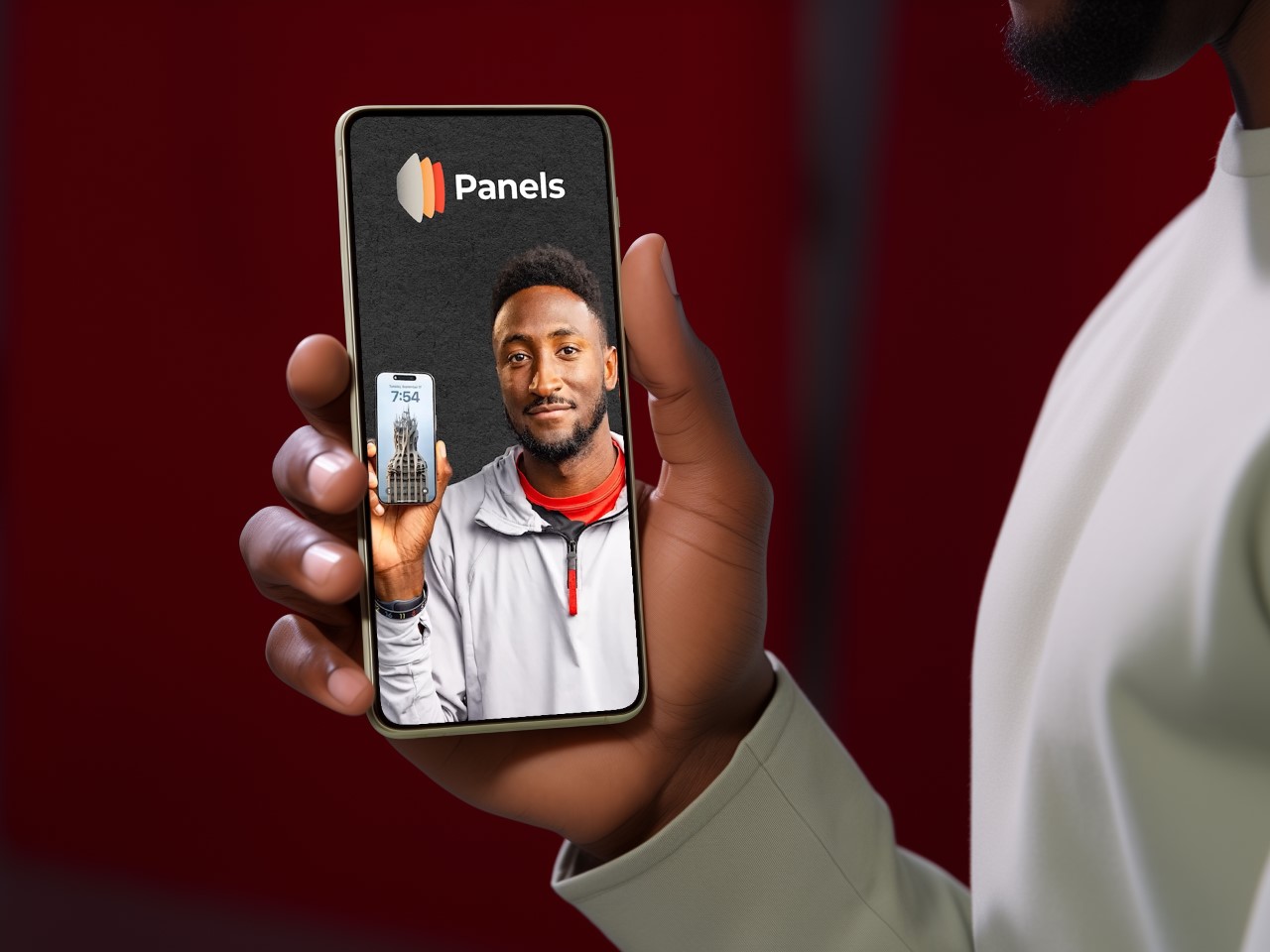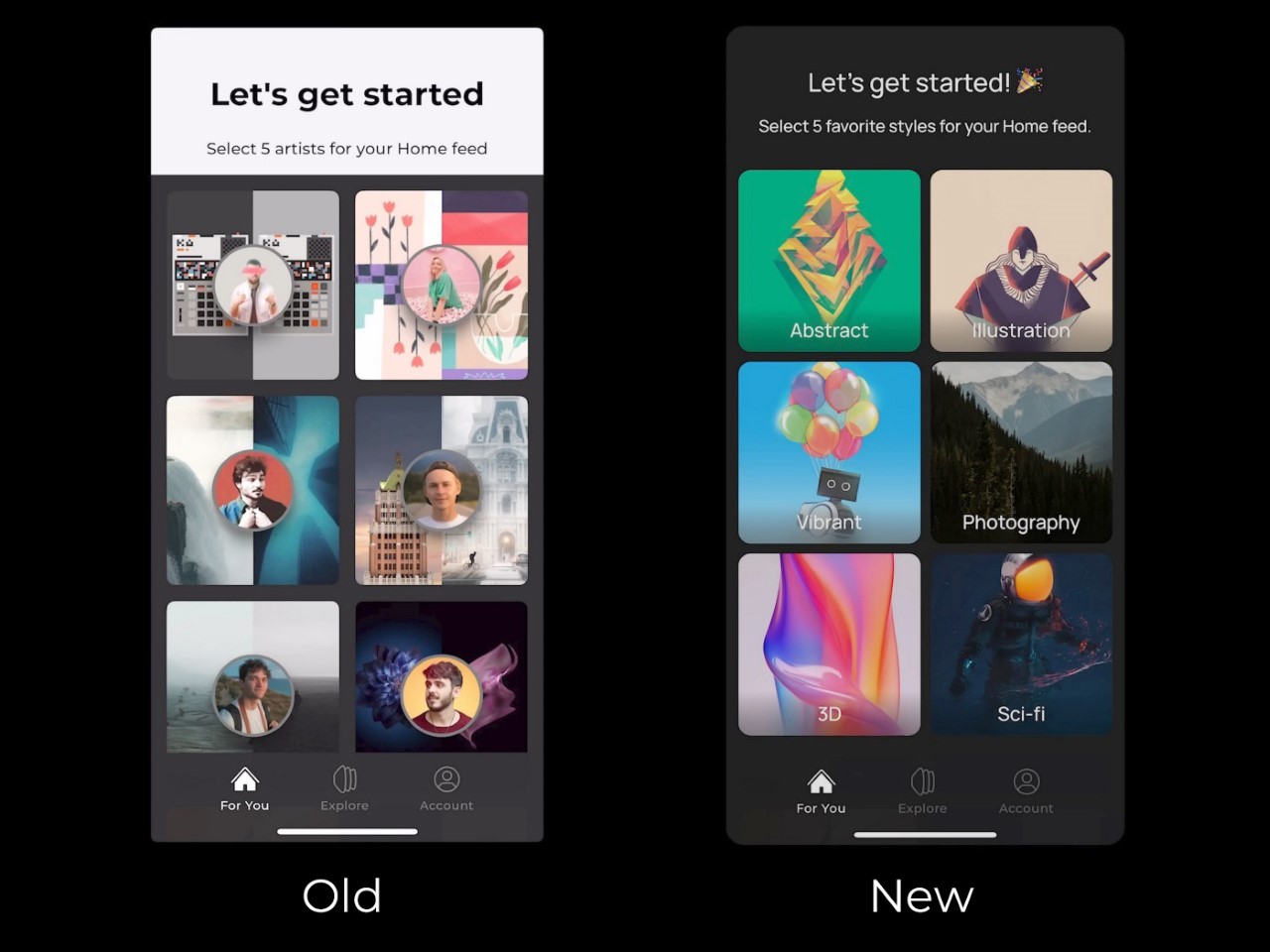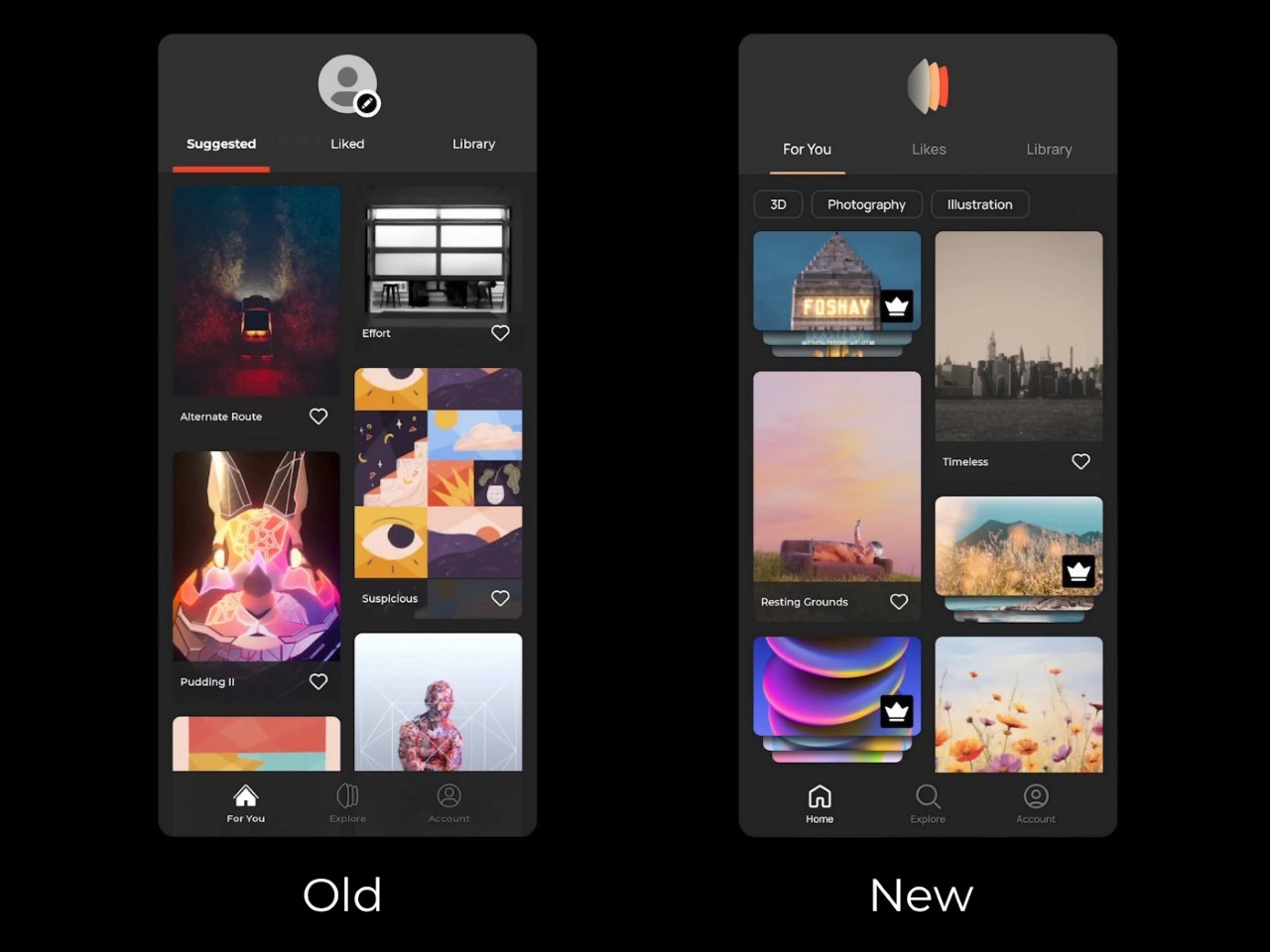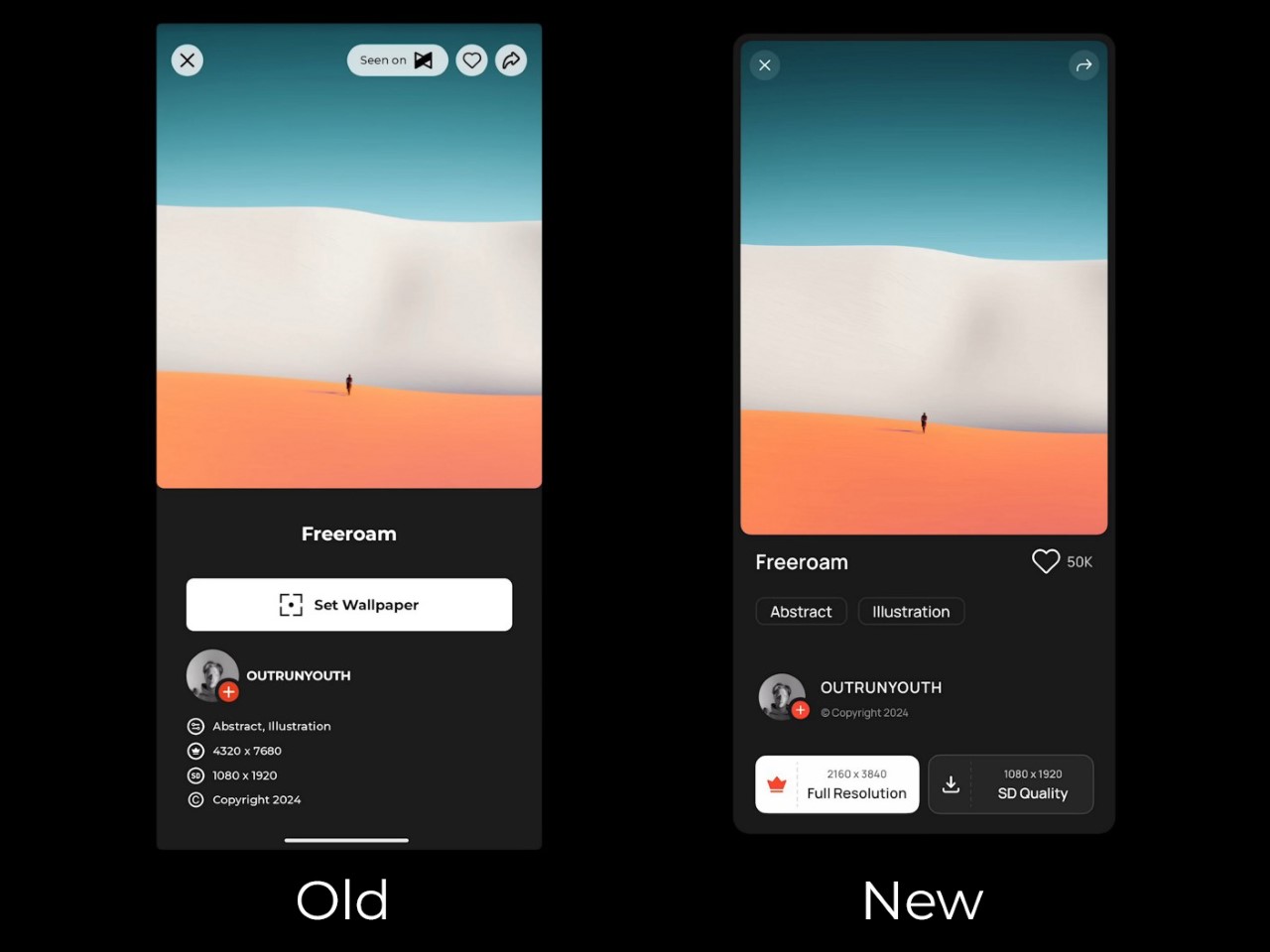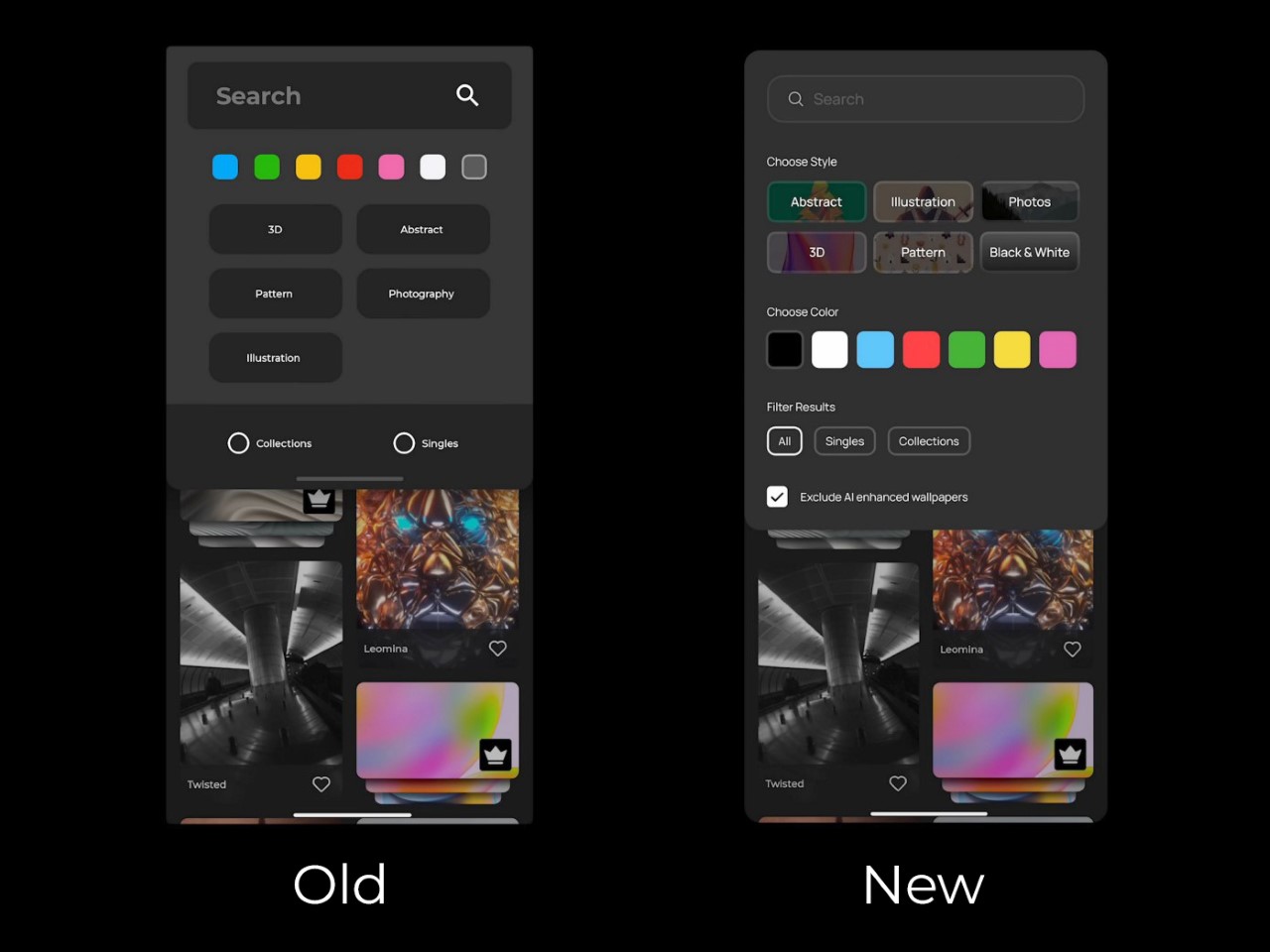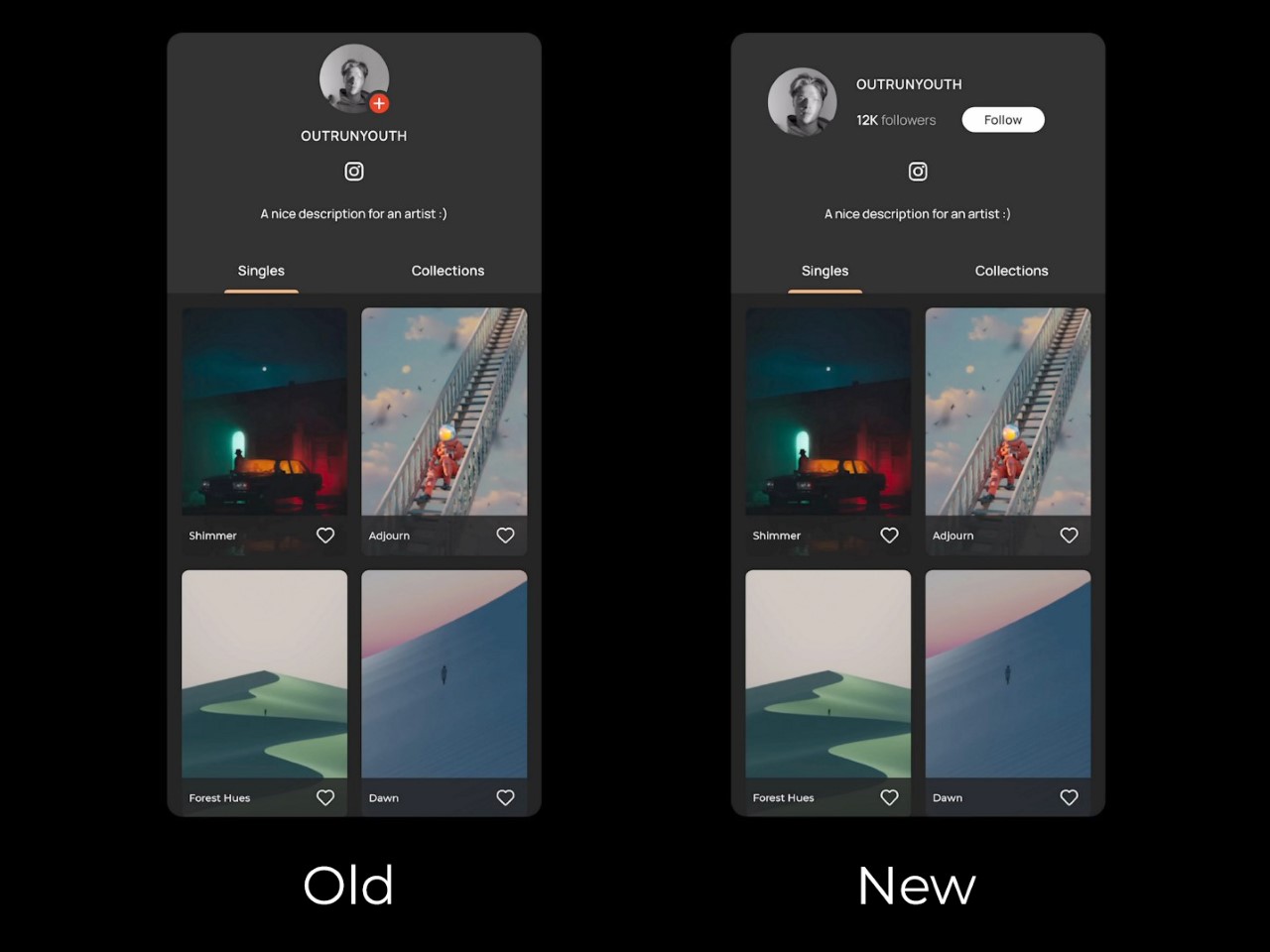Remember those thick pens back in the ’90s and early 2000s with three-four refills that could individually be deployed? The same pen could write in red, blue, black, or even green, and truth be told, that’s about as versatile as pens got back in the day, but not today. Something as slim as a pen today can write, measure, cut, carve, assemble/disassemble, and even break windows. Meet the Ti-ONE, a 6-in-1 pen-shaped EDC multitool that doesn’t pack a punch, it packs an entire 6-step melee combo. The tool, no bigger than a pencil measuring less than 4 inches tall, packs a Cutting Blade, a Craft Blade, a multi-bit Screwdriver, an Eternal Pen, A Window-breaker, and even a multi-unit Ruler or Scale. Crafted from either titanium or stainless steel depending on the variant you choose, this tool is both lightweight and remarkably durable, making it a perfect companion whether you’re camping outdoors or just tackling everyday tasks at home. At just 90mm (3.5 inches) in length and 10mm in width, it’s sleek, sophisticated, and engineered to perform.
Designer: Clean One
Click Here to Buy Now: $59 $99 (40% off) Hurry! Only 11 days left. Raised over $79,000.
The Ti-ONE’s six tools exist within a modular form factor no larger than the average index finger. The body features a multi-point swiveling design that either reveals the Ti-ONE’s cutting blade, or a hex-bit docking zone that lets you attach a variety of modules from screwdriver bits to stationery. The swiveling design has a unique fidget-like quality to it, but it also gives the Ti-ONE the ability to shapeshift between tools and even transform into a high-torque driver just in case you’re working with tough screws and bolts.
The first tool is the Ti-ONE’s Cutting Knife, a built-in drop-point blade. Made from steel, the blade offers the ability to achieve quite a few indoor or outdoor tasks, from opening mail to cutting/whittling branches outdoors. It’s fairly durable and lends itself rather well to intense tasks, but the best part is its ability to un-dock from the knife, letting you detach it when you want to carry your EDC on flights.
While the Cutting Knife has its specific skill-set, for other kinds of cutting, you’ve got a Craft Knife mount that accepts scalpel blades. The cutting knife isn’t replaceable, but the Craft Knife’s blades are. They’re ridiculously sharp, making them perfect for working with precision, whether it’s slicing paper, working with materials like leather or cardboard, or even carving/scraping hard materials like plastic or soft wood. Scalpel blades, made from surgical-grade steel, are a little more fragile than the Ti-ONE’s own knife, which is why they’re designed to be replaceable. They come in a variety of styles too, so you can alter the shape of the blade too – something that makes them a tad more versatile than the included Cutting Knife.
Moving beyond blades, the Ti-ONE comes with an ‘Eternal Pen’ module that lets you almost literally write forever. Designed to write up to 10,000 meters, it becomes an indispensable companion for anyone on the go. The pen fits effortlessly into the compact frame, always ready for those moments of inspiration or necessity. Whether you’re sketching out a design, jotting down field notes, or signing documents, the Eternity Pen delivers smooth, reliable performance. Moreover, built with a standard threaded design, the Eternal Pen’s nib can be replaced for traditional graphite or even any color-pencil nibs, giving you a veritable stationery set in your palms.
When it comes to functionality, the Ti-ONE’s screwdriver is a standout feature. But this isn’t your average screwdriver—it’s engineered for versatility and strength. Dock the bit in and you’ve got yourself a standard screwdriver that’s fairly elementary… but swing the Ti-ONE’s outer arm down and you now have an L-shaped screwdriver, allowing for high-torque use that makes it ideal for both small, precise adjustments and heavier jobs. Whether you’re fixing something at home or tackling a repair on the go, the tool’s design ensures that you have the leverage you need without the bulk of a full-sized driver. The clever, external extension port means it can reach deep, narrow spaces that traditional screwdrivers struggle to access, so no screw is too far out of reach.
What sets the Ti-ONE apart is its compatibility with standard hex bits, giving you the freedom to use the bits from your existing screwdriver set. It comes equipped with a single Phillips head bit, which covers most everyday tasks. But for those situations where you need a flathead, Torx, or specialized bit, you can simply swap in any standard hex bit of your choosing. This flexibility is a game-changer, transforming the Ti-ONE from a simple EDC tool into an essential part of your toolkit. You no longer need to carry multiple screwdrivers or worry about the right bit for the job—Ti-ONE adapts to your needs, effortlessly.
The square cross-section lends a few advantages to the Ti-ONE. For starters, it prevents the tool from rolling around the way a pencil or pen would, while also offering a better grip thanks to the squarish design that’s perfect for when you’re working with screws and such. However, the flat surfaces of the sides of the Ti-ONE also double as a tiny makeshift scale, allowing you to measure in both imperial and metric units. Sure, at just 3.5 inches in length, there isn’t much you can measure… but it’s still a neat add-on.
Lastly (and by no measure the least) is the Ti-ONE’s emergency window-breaker tip, which sits at the end of the device. Designed to instantly shatter reinforced or laminated glass, this glass-breaker might look small, but is quite literally the difference between life and death. The inclusion of this tool really makes the Ti-ONE a must-have EDC, allowing you to make quick exits from buildings and vehicles in an emergency. Pair it with the scalpel blade’s ability to cut through a seatbelt like a knife through butter and you’ve really got yourself a life-saver on your hands. Quite a hefty reputation for something the size of a pencil, no?!
The Ti-ONE comes in two variants, with the stainless steel version starting at $59, and the titanium at $79. Both have the exact same design and features (including even tritium slots in the body for adding glow vials), except the titanium variant has the added advantage of being stronger, lighter, rust-proof, and just being nearly 4x stronger than stainless steel, giving you an EDC that could – for all intents and purposes – last multiple lifetimes. Grab yours now and the Ti-ONE begins shipping globally in December.
Click Here to Buy Now: $59 $99 (40% off) Hurry! Only 11 days left. Raised over $79,000.
The post Tactical and Practical: This 6-in-1 Titanium EDC Multitool Packs Versatility in a Compact Form first appeared on Yanko Design.
































